Fit in use: Musical Script Books
Elvin Hu designed this book series of printed scripts from popular musicals as an unpublished student project. Read more on Fonts in Use »

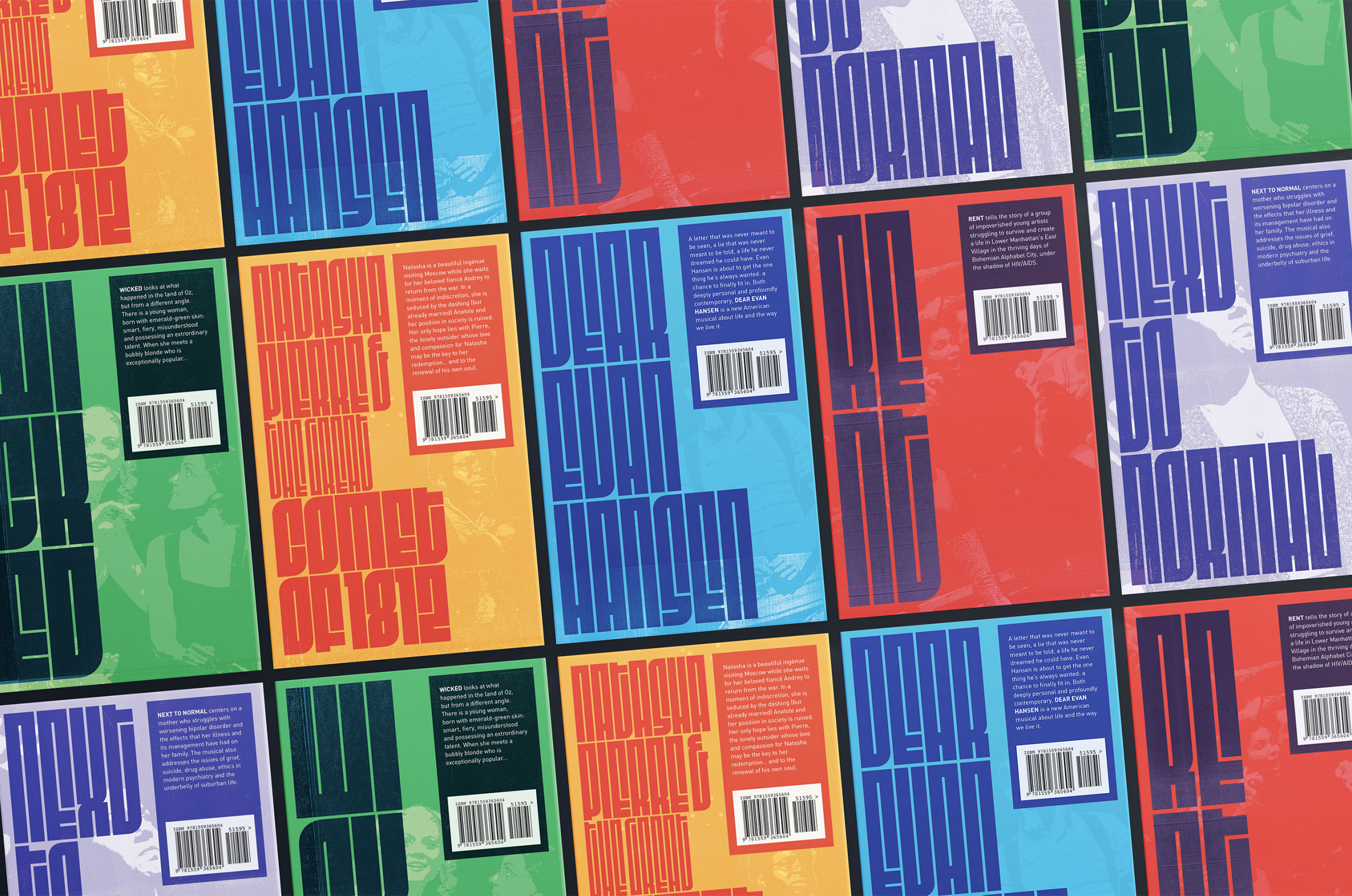
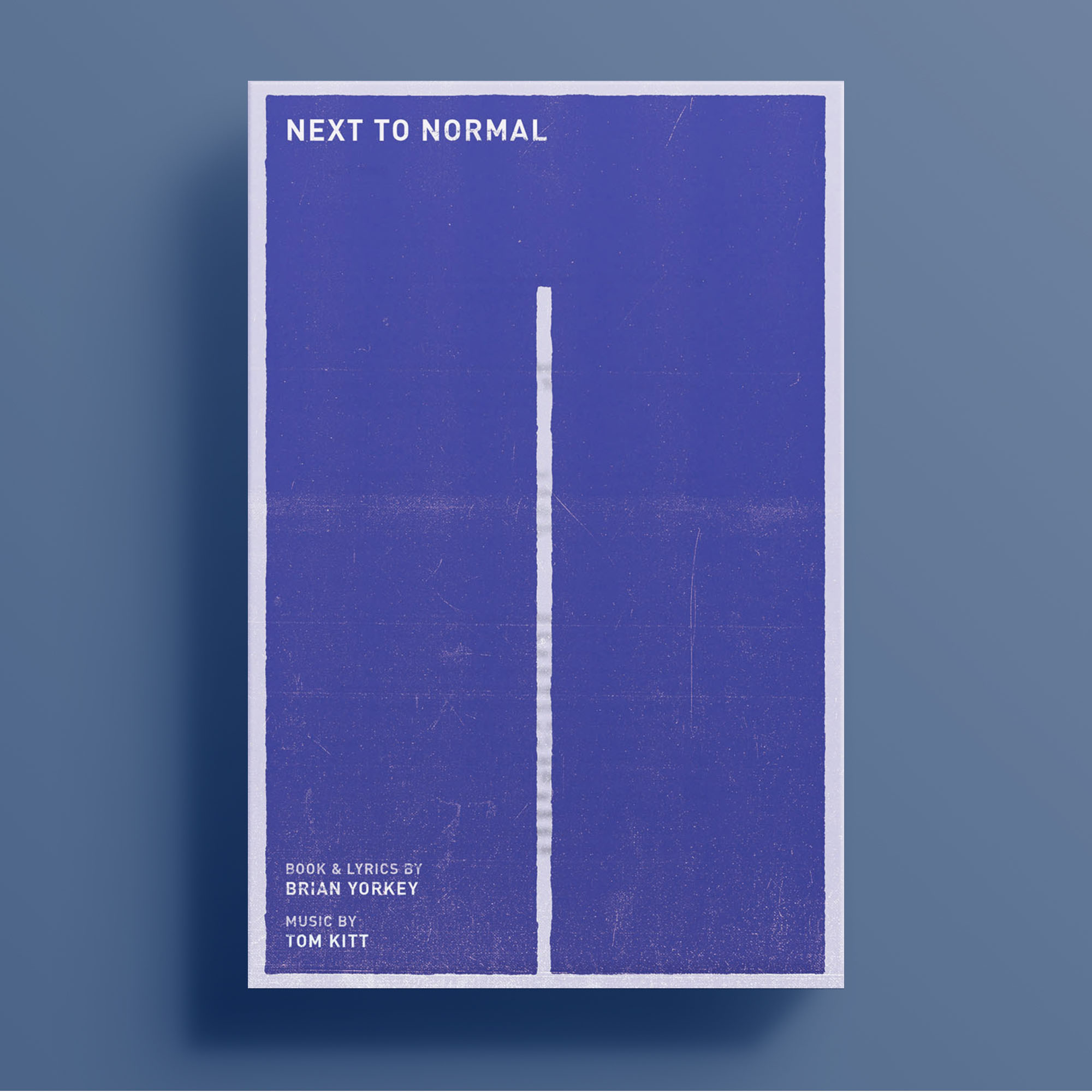
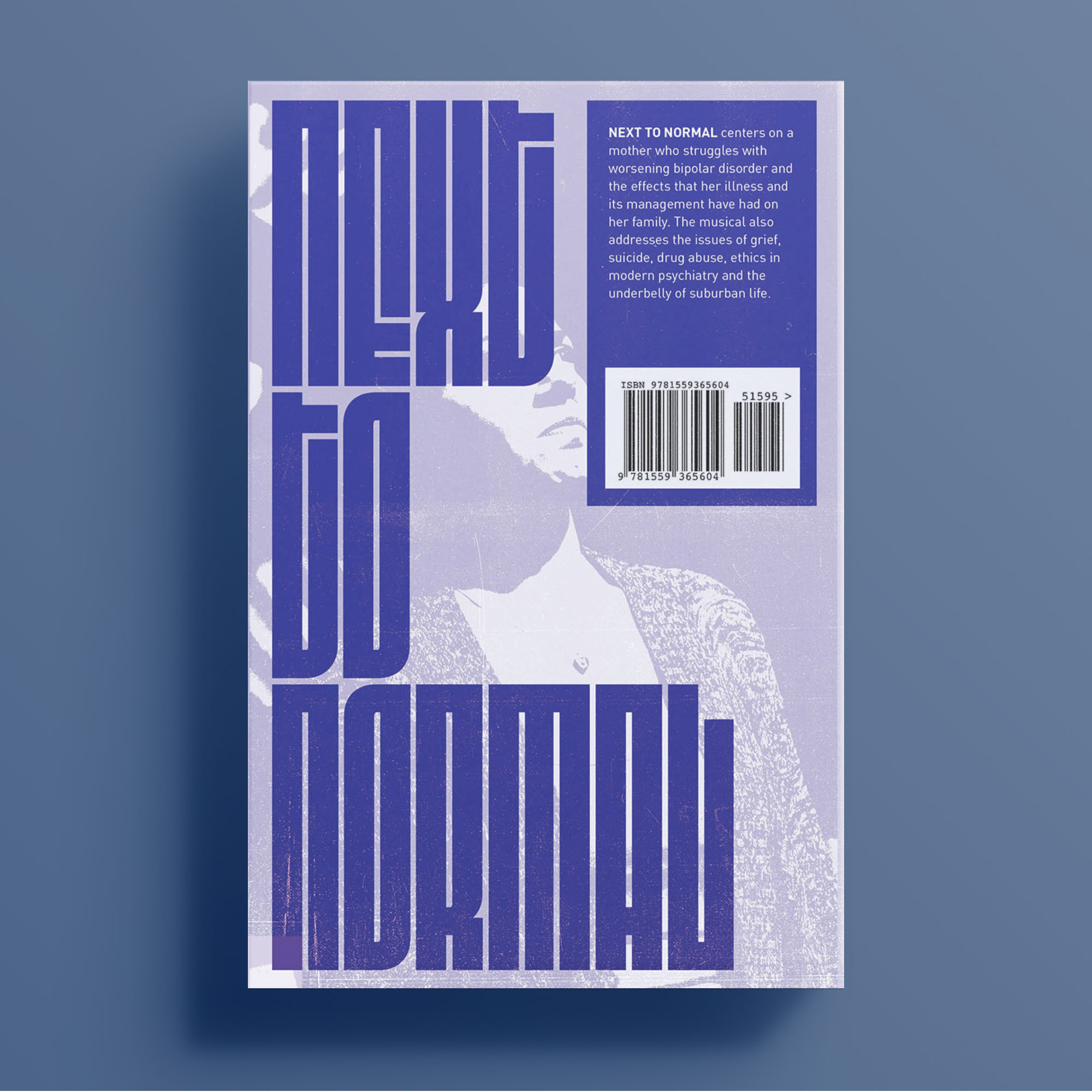
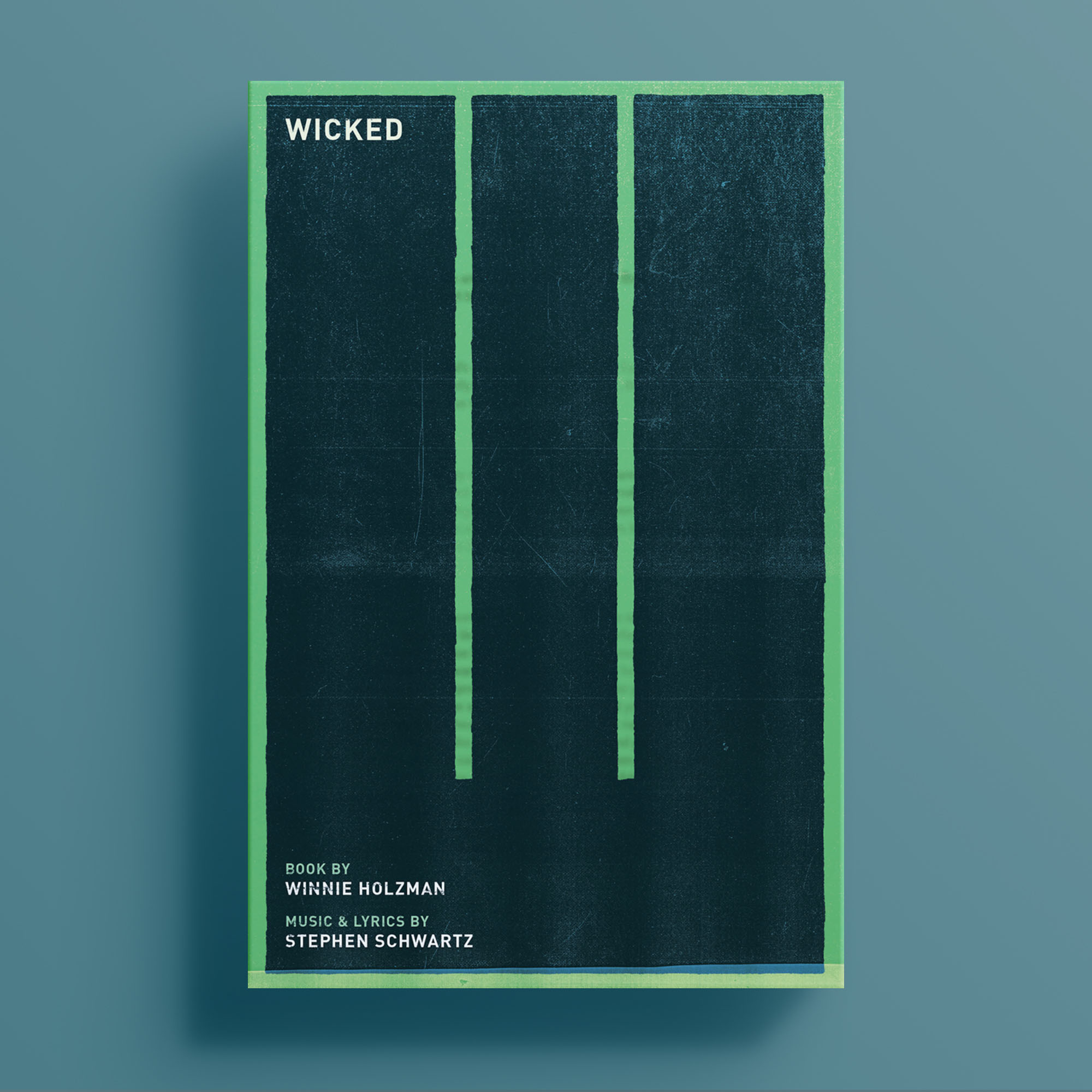
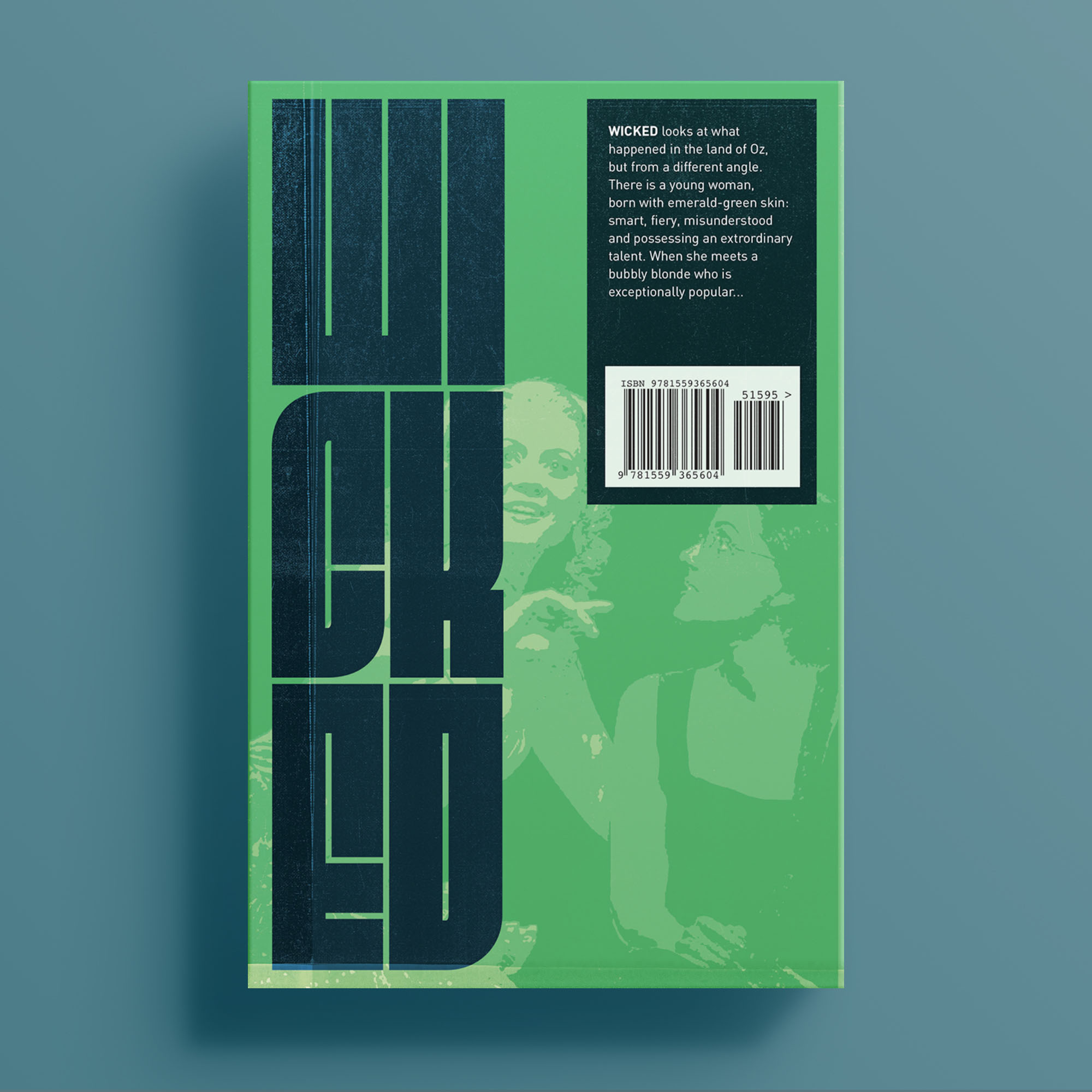
Elvin Hu designed this book series of printed scripts from popular musicals as an unpublished student project. Read more on Fonts in Use »






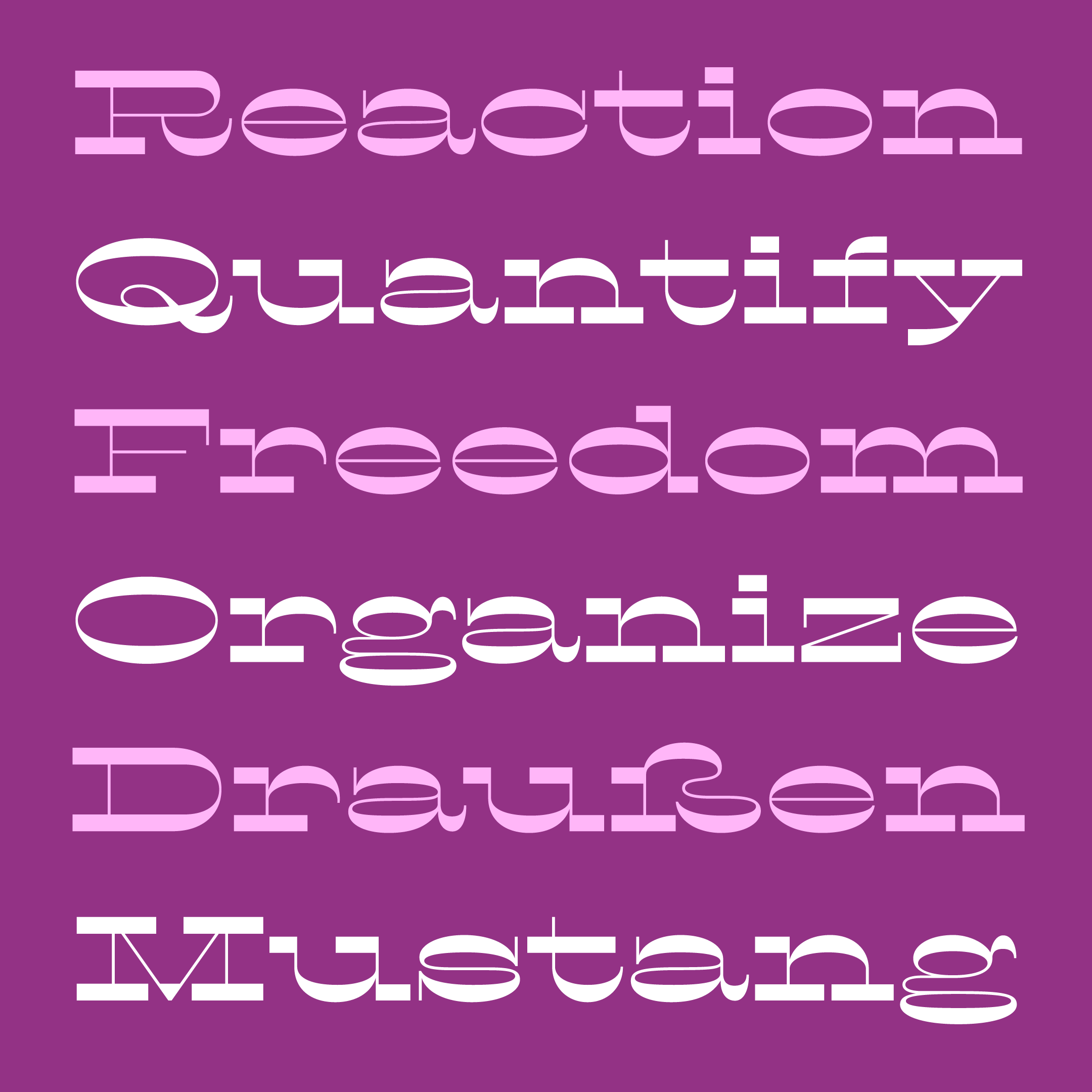
What follows is an abridged version of the Font of the Month Club’s July mailing:
I’ve named my slab serifs after pastas before, and I’ll probably name my slab serifs after pastas again.
But this month’s font, Tortellini, is different. It goes beyond a mere connection to Spaghetti Westerns and the horizontal-stress “Italienne” style. Like the stuffed, ringlike forms of its namesake pasta, Tortellini is all about the round shapes.
I originally started this typeface intending to make a wide companion for the condensed Pappardelle (Font of the Month, October 2017). But I quickly realized that taking the same concept and making it wider was not going to be nearly as straightforward as I wanted it to be.
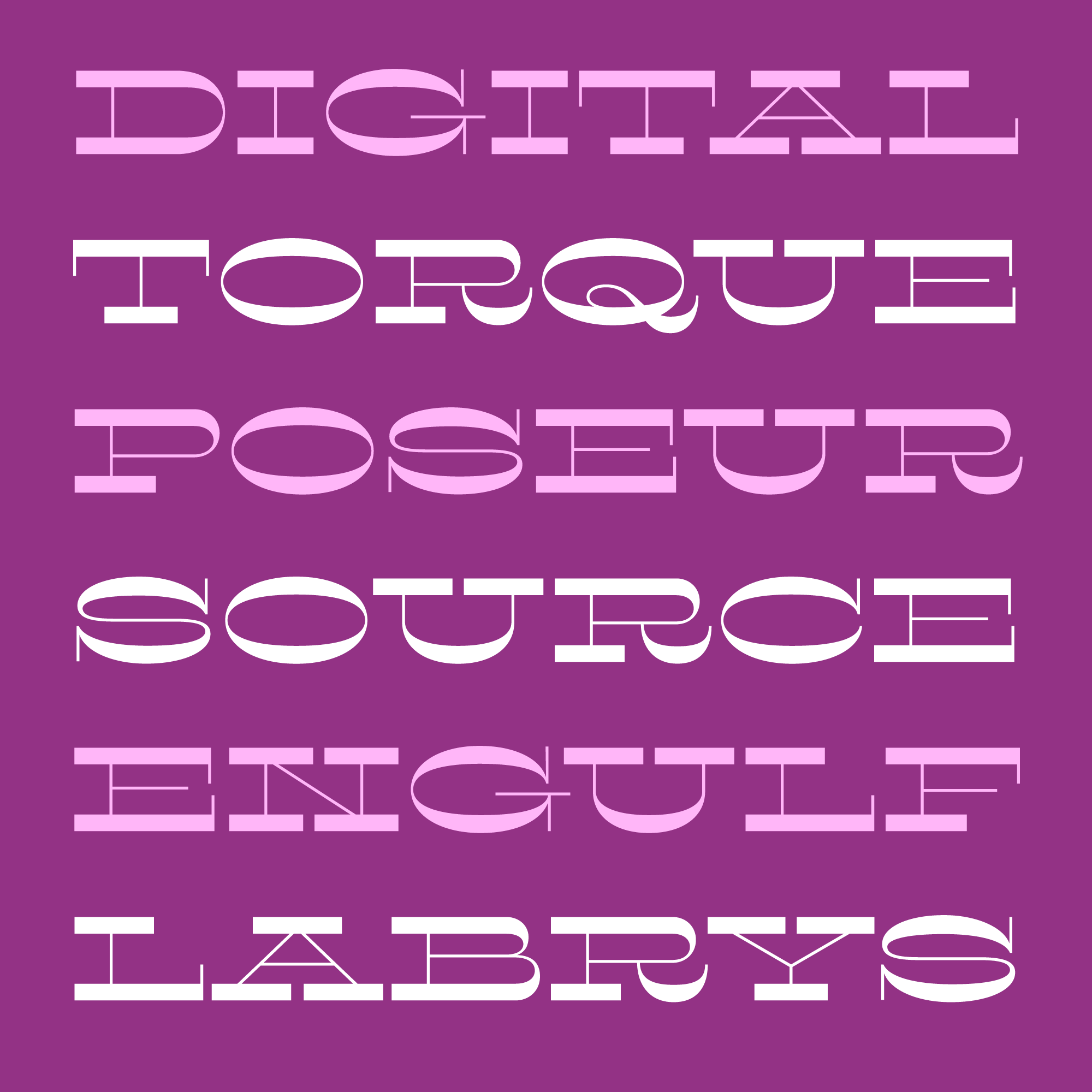
As the letters get wider, the slab serifs grow longer. Letters with asymmetrical serifs (like i and u) become even more asymmetrical and start to feel weird alongside the symmetrical letters (like x and o). And because the slab serifs carry so much of the weight in this design, this can throw everything out of whack.
Of course there are several contemporary exemplars of horizontal-stress slabs with a wider stance (Arbor, Brylski, Maelstrom, and Orwellian come to mind). But I decided to go back to the old specimen books and see how 19th-century Extended French Antiques addressed the problem.
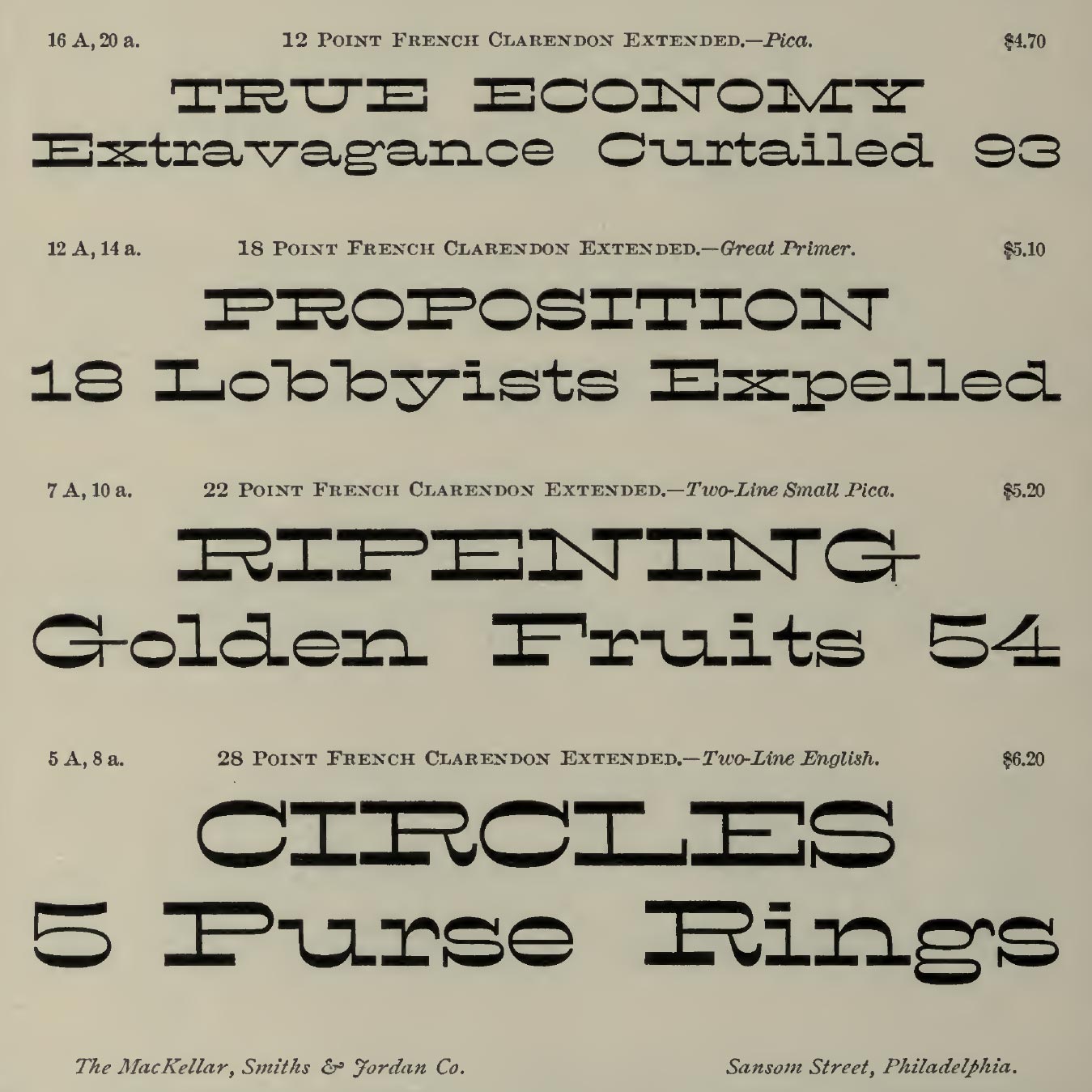
I was surprised by how round the round shapes were, and how off-balance they felt next to the long, squared-off slabs. I was intrigued by how all of these off-balance letterforms managed to come together in a funky, syncopated rhythm (the word “Golden” in the image above is a great example of this).
With Tortellini, I tried to take this unique rhythm and push it further...not only in terms of width, but also in terms of the contrast between ovals and squares. Tortellini’s proportions are wider (and more consistent), its hairlines are thinner, and the curves of its ovals are rounder and more elastic.
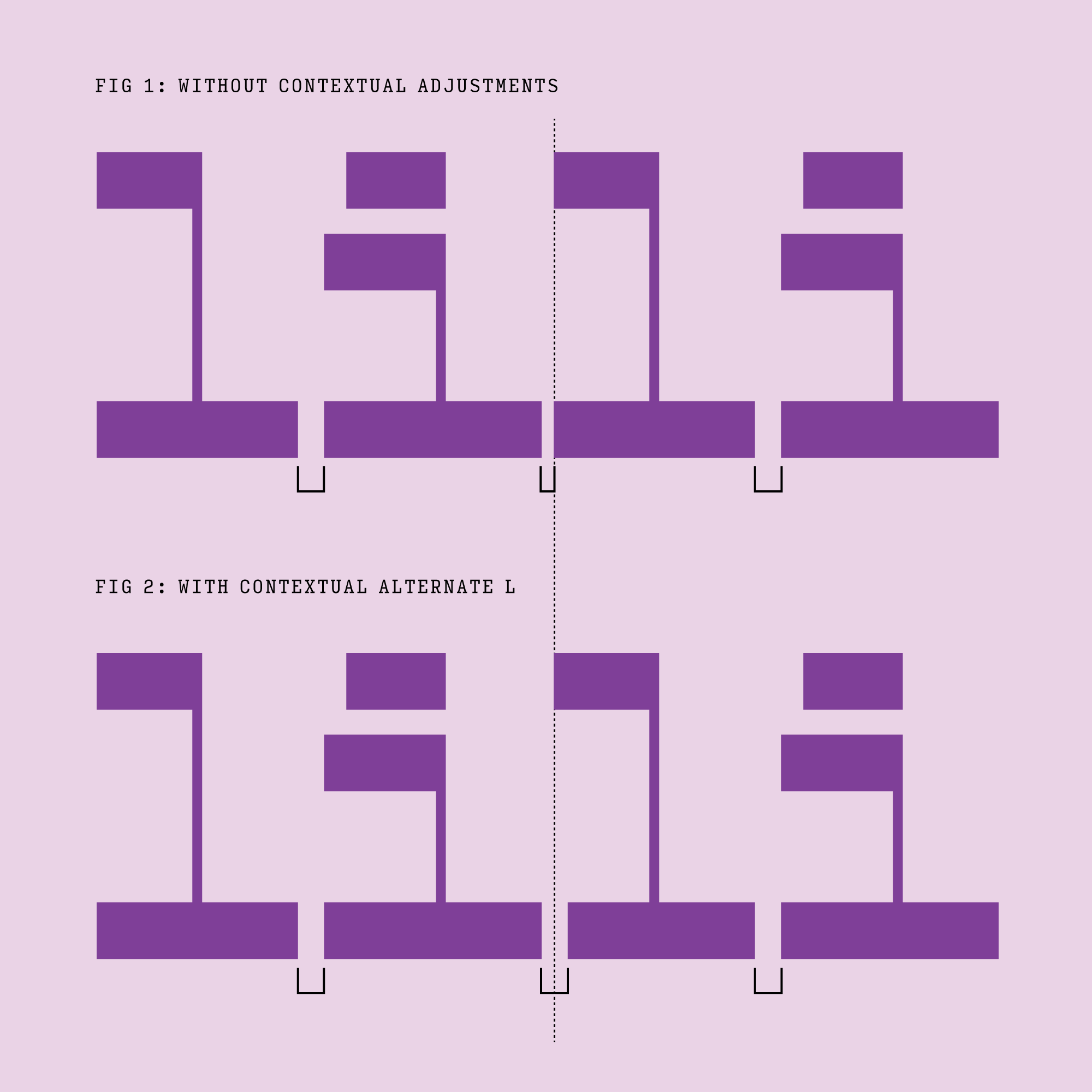
At the risk of getting too nerdy, let’s talk about one last thing: serif gaps.
Bethany Heck recently mentioned to me how important the intervals between serifs can be in slab serif typefaces, especially when the serifs are as thick as Tortellini’s.
It can be tricky to maintain consistent serif intervals while also managing the space between the letters as a whole. For example, in a serif typeface the lowercase l is often spaced tighter than the lowercase i to compensate for the extra whitespace created by the l’s raised serif. However, this has the unfortunate side effect of making the serif gap tighter as well (see Fig. 1, above).
To address this, I’ve included a set of contextual alternate letters to “mind the gap” in certain situations (Fig. 2), subtly shortening certain serifs to maintain both serif gap and overall letterspacing. I don’t think this is a perfect solution, but I thought it was worth a shot!
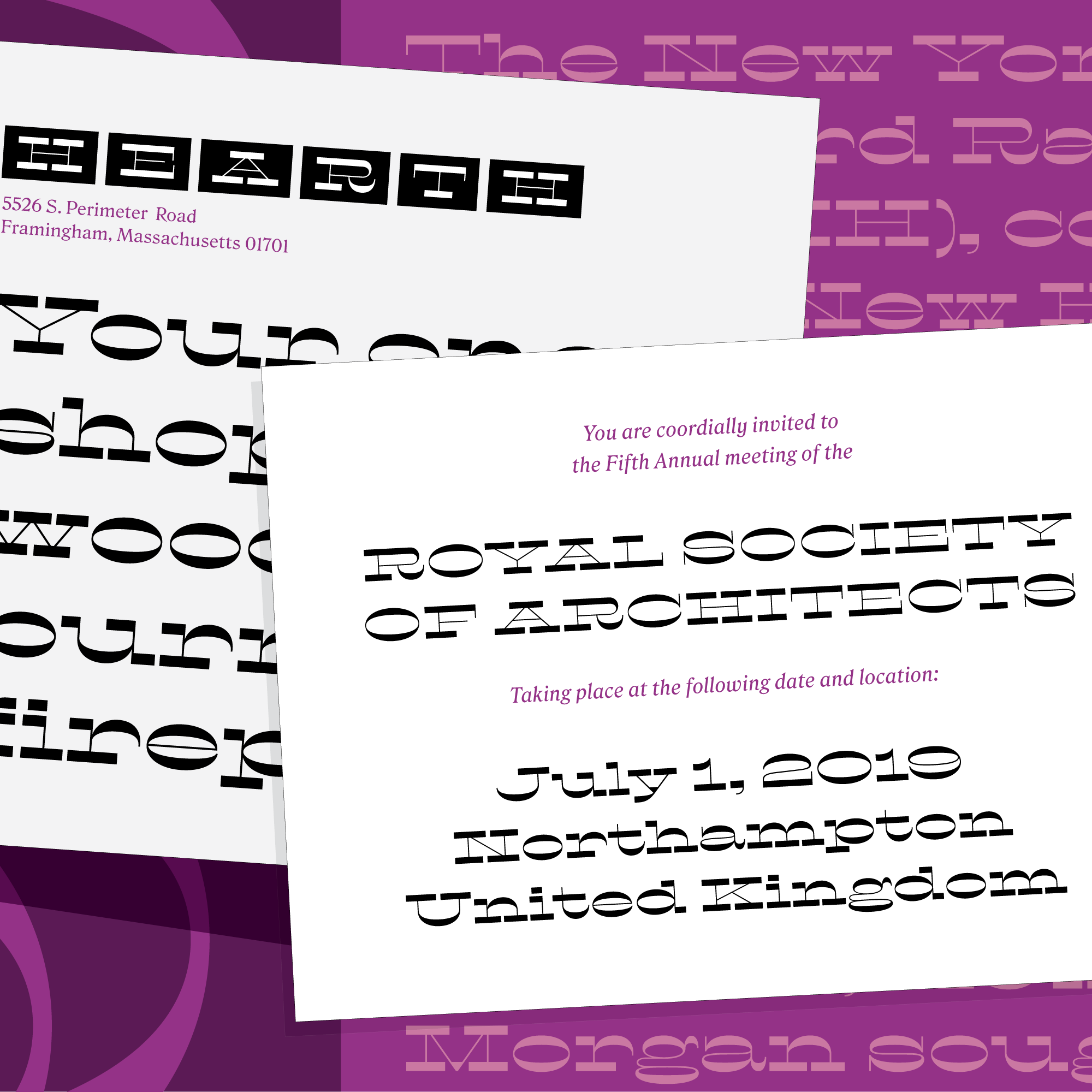
If you dive into the PDF specimen, you’ll see that Tortellini also comes with a set of alternate diagonals with fewer serifs, as well as some bizarre glyph shapes in the character set...check out the ß!
Tortellini is July’s installment of Font of the Month Club. Sign up this month to get Tortellini, as well as two mystery fonts, for as little as $24!

What follows is an abridged version of the Font of the Month Club’s June mailing:
This month’s release is a (relatively) simple one: a pair of unreleased weights from Forma DJR. I have dubbed the set Forma DJR Chiaroscuro because it contrasts the heaviest and lightest weights from the still-growing family (and the Italian origin of the term doesn’t hurt).
After issuing so many serif faces last year, I’ve been making a conscious effort to spend more time in the world of sans. But for any club member who is shocked to receive two “conventional” sans-serifs in a row, please do not worry: weirder stuff is on its way. 😉

I had never heard of Forma when Roger Black commissioned me to revive it. Forma was released in 1968 by the Italian foundry Nebiolo. Forma was more-or-less Nebiolo’s answer to the success of neo-grots like Helvetica and Univers, and they claimed that it possessed a warmth that was missing from other typefaces in the genre. You can read more about the unusual of history of the typeface on Type Network’s minisite, or in this recent history published by CAST.
I released the revival in 2016 as Forma DJR, with five optical sizes and five weights, from Extra Light to Bold. I had toyed around with the idea of pushing the design even bolder than Bold, but never seriously pursued it.
The following year, the branding agency Today commissioned a Black weight for Forma as part of their rebrand of VRT NWS, the news outlet for Belgium’s Flemish-speaking national broadcaster. Type Network did a great write-up of the rebrand, and I cannot tell you how satisfying it is to see Forma’s numbers in use for the weather forecast! ⛅️
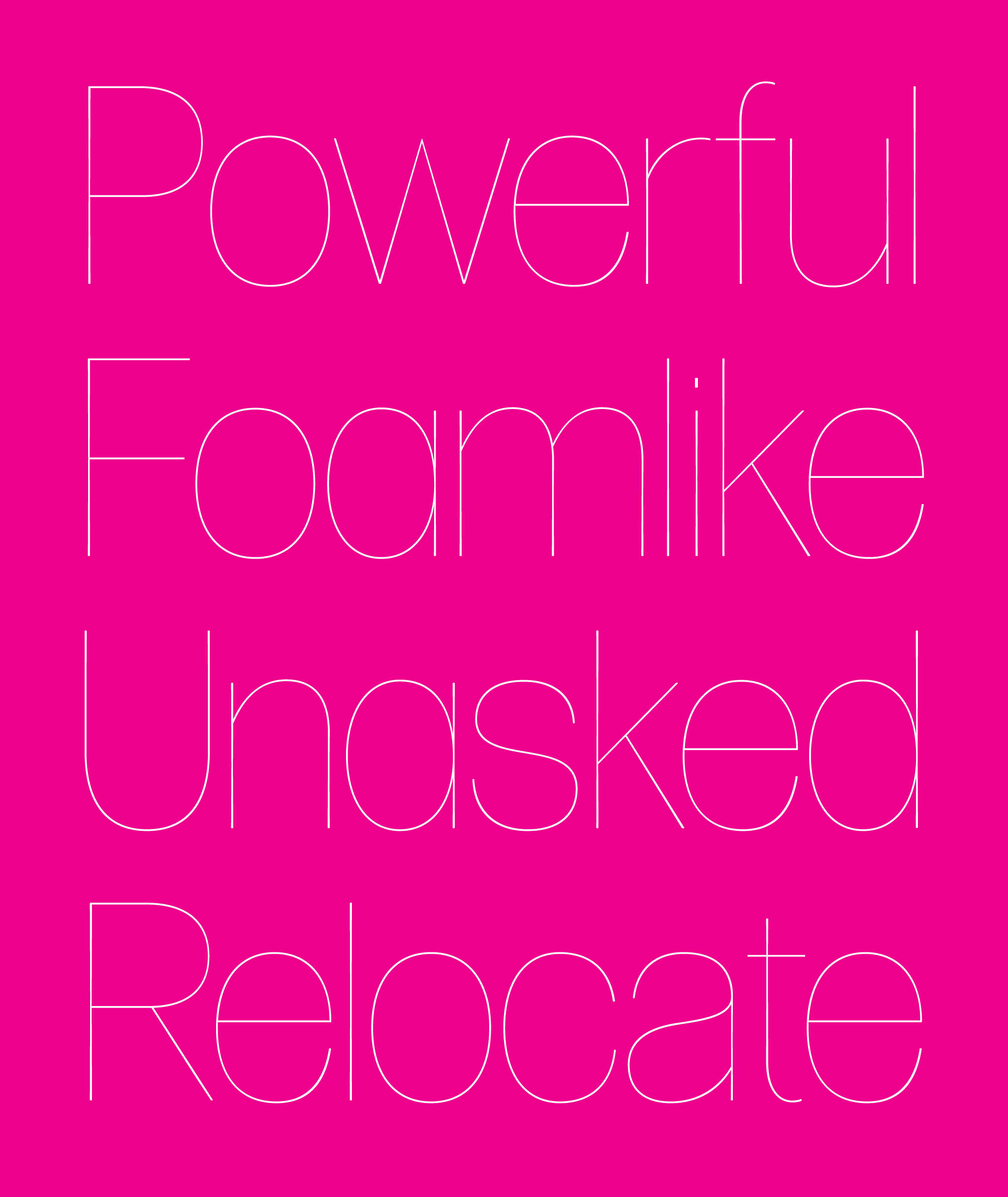
Because the family was always meant for large, fashiony displays, the next logical step was to go thinner. Forma DJR’s telltale rounded corners and tapered strokes made this a challenge; after the design is reduced to its skeletal form, even the most subtle shifts in weight become super-noticeable. In the end, I decided I was okay with it. Those adjustments are what sets this apart from most hairlines that are always trying to be clean and perfect.
Because the weights are so extreme and the spacing is so tight, I recommend that you use this typeface at large sizes. I hope that this release is useful to you, whether it is used alongside the retail family, mixed with Forma’s slab-serif cousin (issued six months ago), or used on its own.
Forma DJR Chiaroscuro was June’s installment of Font of the Month Club. You can still get it as a back issue if you sign up for the club!
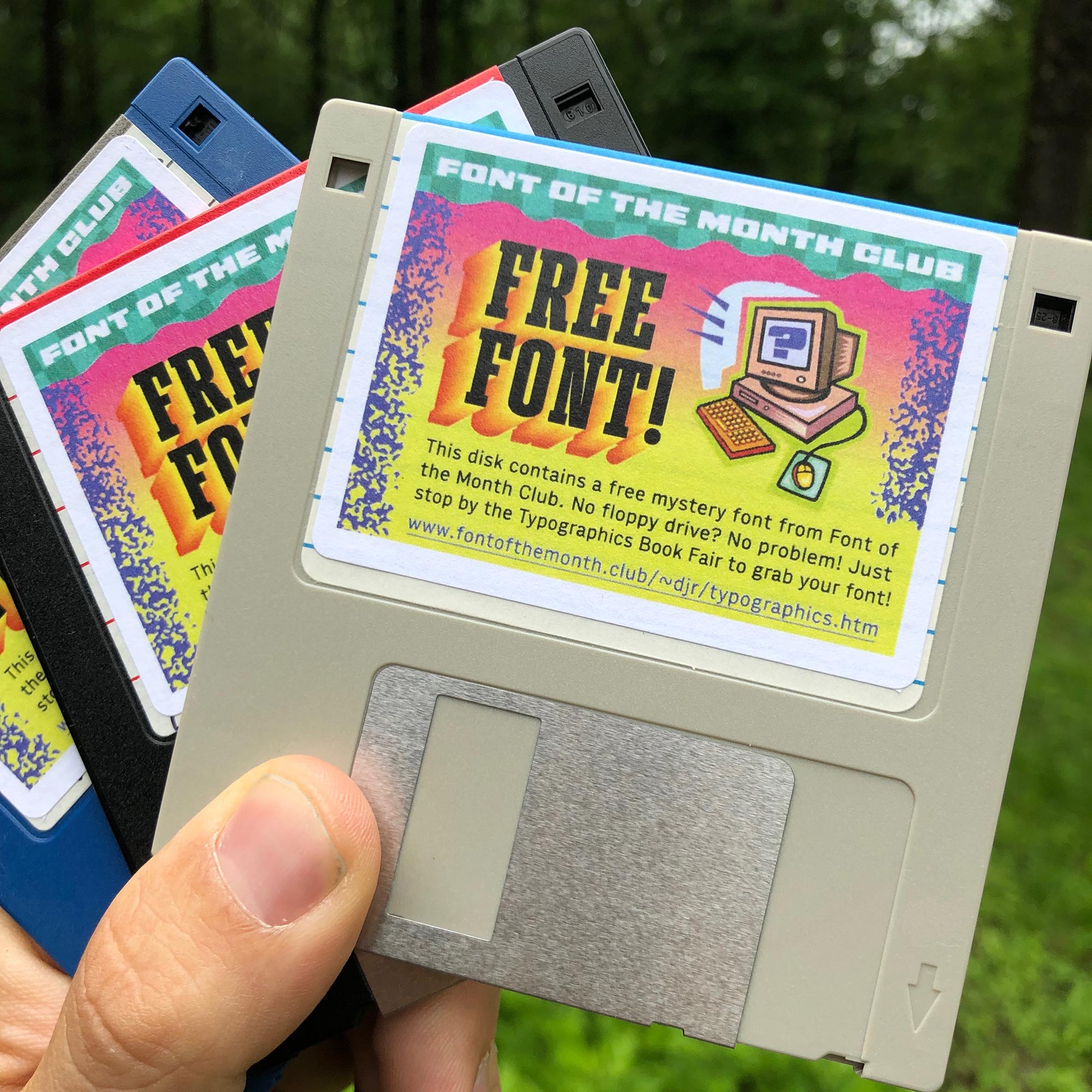
Attendees of this year’s Typographics Festival will receive a special gift from the Font of the Month Club: a free mystery font from the club’s back catalog chosen completely at random.
There is one catch, however: that free font is stored on a 3.5 inch floppy diskette. (Of course, thanks to their small filesize, fitting desktop and web fonts on a 1.4MB disk is no problem.)
If you left your floppy drive at home, have no fear! I will have a table at the Typographics Book Fair, open on Saturday June 15 and Sunday June 16 from 10am–6pm. And at that table will be a floppy-to-USB drive that you can use to uncover your mystery font and offload the font files for your complimentary use under the terms of my Mini license.
The table will also have Font of the Month Club subscriptions (it’s the gift that keeps on giving!), other back issues, silkscreen posters, and more. You’ll also be able to recycle your disk (if you don’t want to keep it).
Many thanks to Nick Sherman, who helped dream up the concept and designed the label.
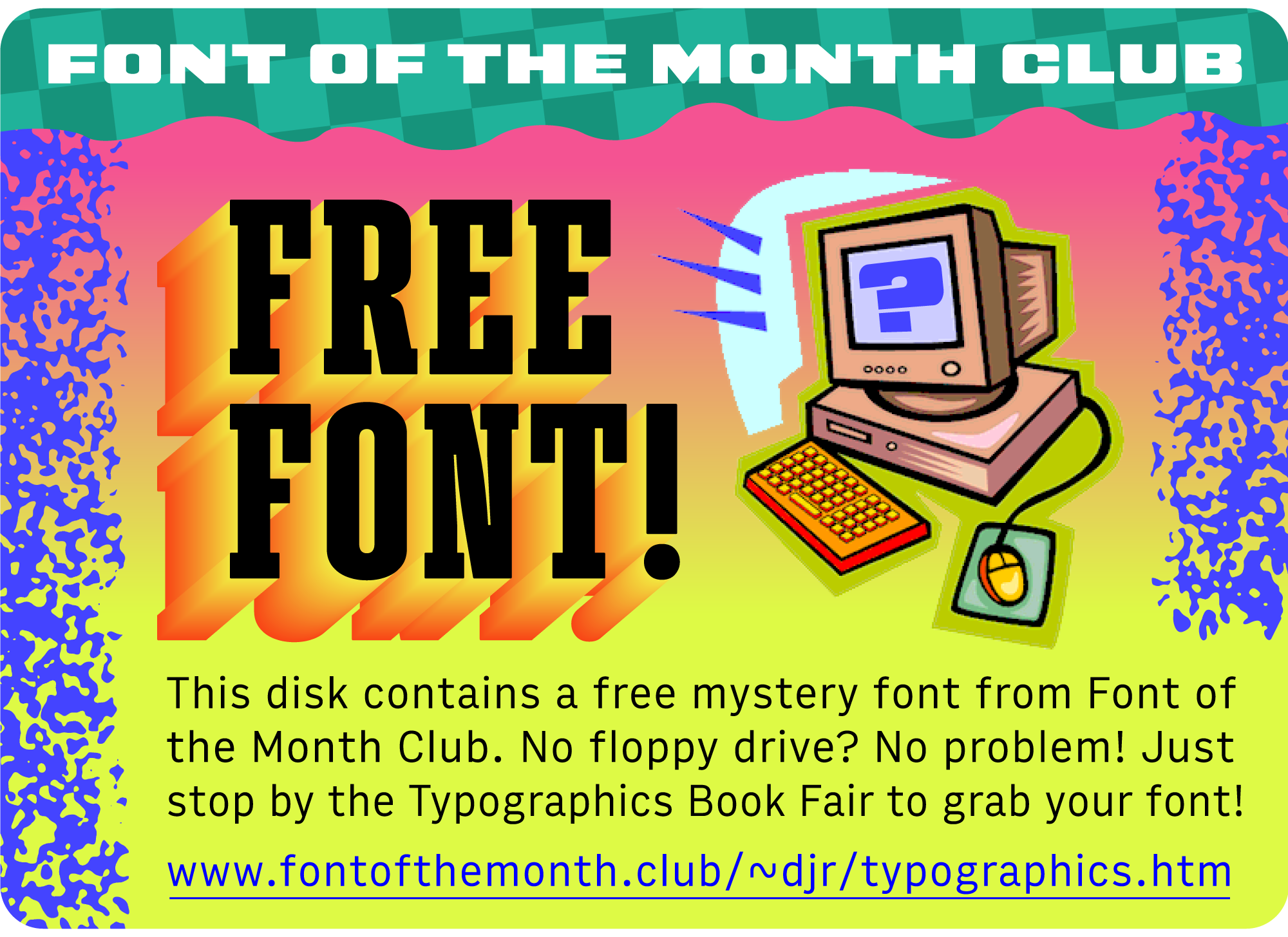
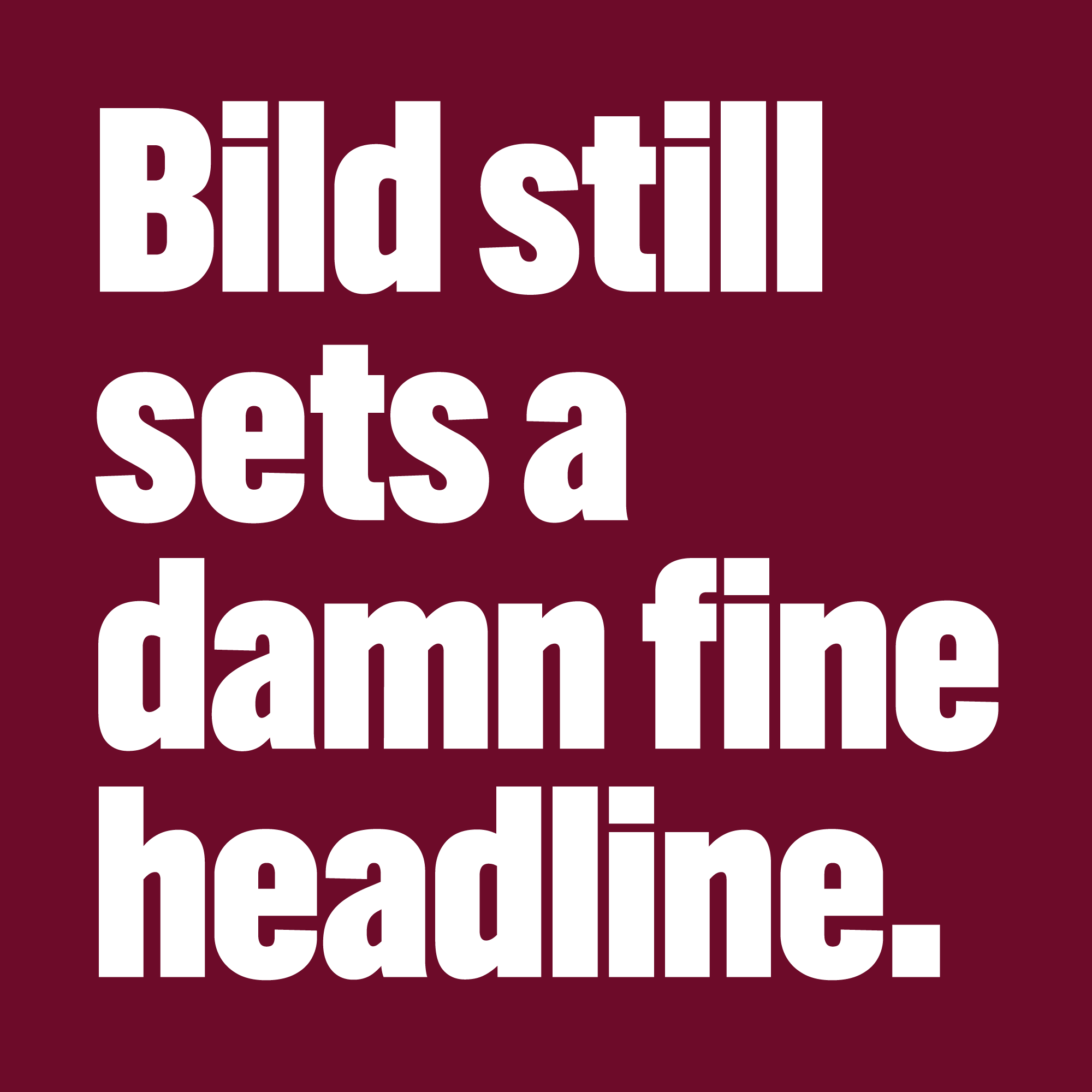
What follows is an abridged version of the Font of the Month Club’s May mailing:
As longtime club members might recall, Bild is a straight sided sans inspired by two outlier styles found in Trade Gothic, Bold and Condensed No. 20. These styles stand apart from the majority of Jackson Burke’s famous midcentury grot, with a clunky rigidity more in line with Alternate Gothic or Railroad Gothic. Back in 2012, Sam Berlow suggested an entire family stemming from these outliers, and I’ve been toying with the idea ever since.
In September 2017, I issued Bild’s Compressed Black, where the straight sides of “round” letters like C, G, and O are well suited to the narrow, dense headlines that it is meant to set.
More recently, I’ve been curious to see what happens to those straight sides as the letters gets wider. The straight sides of those “round” letters can’t stay straight for quite as long in wider shapes, and the curves become a much more prominent element of the design.
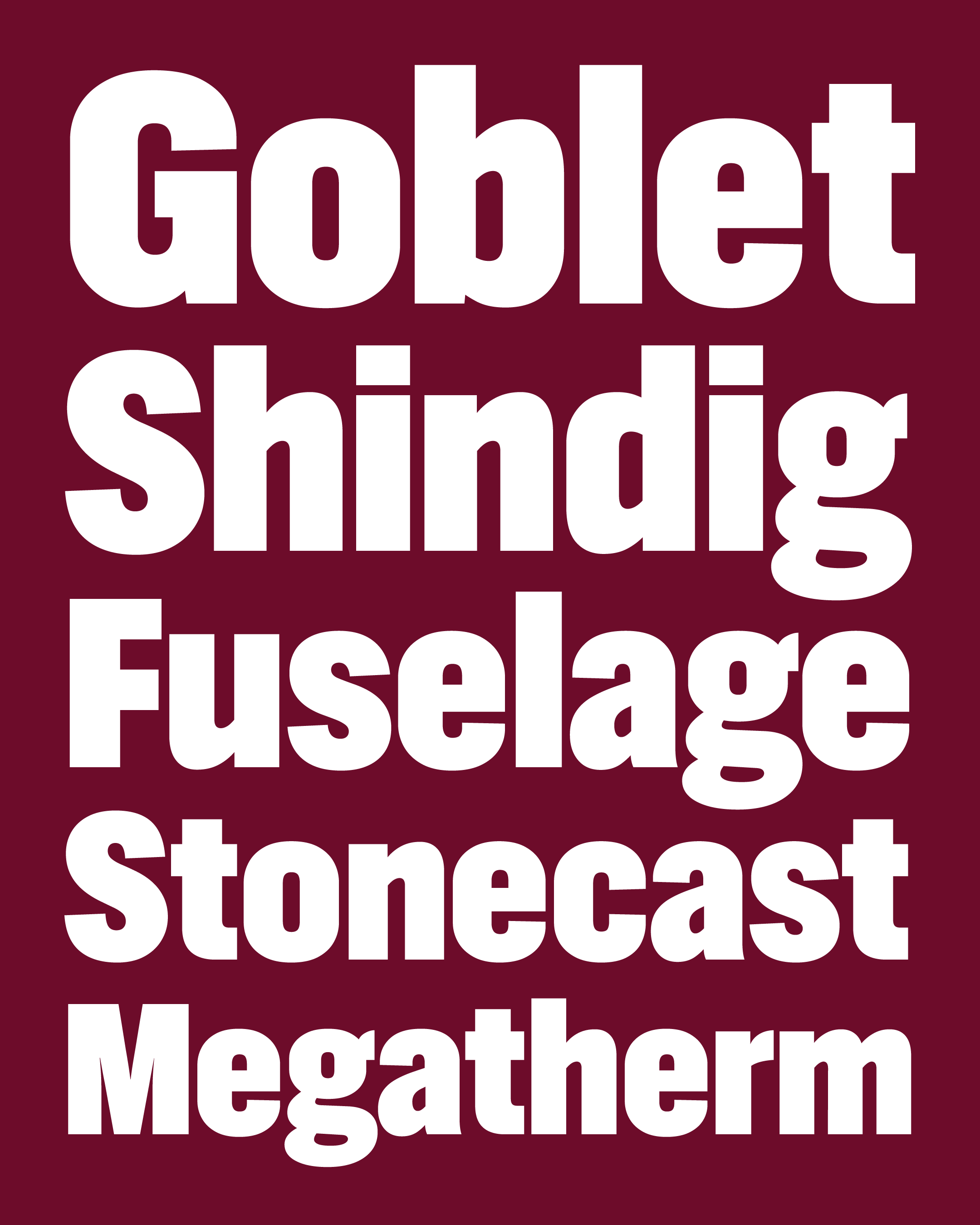
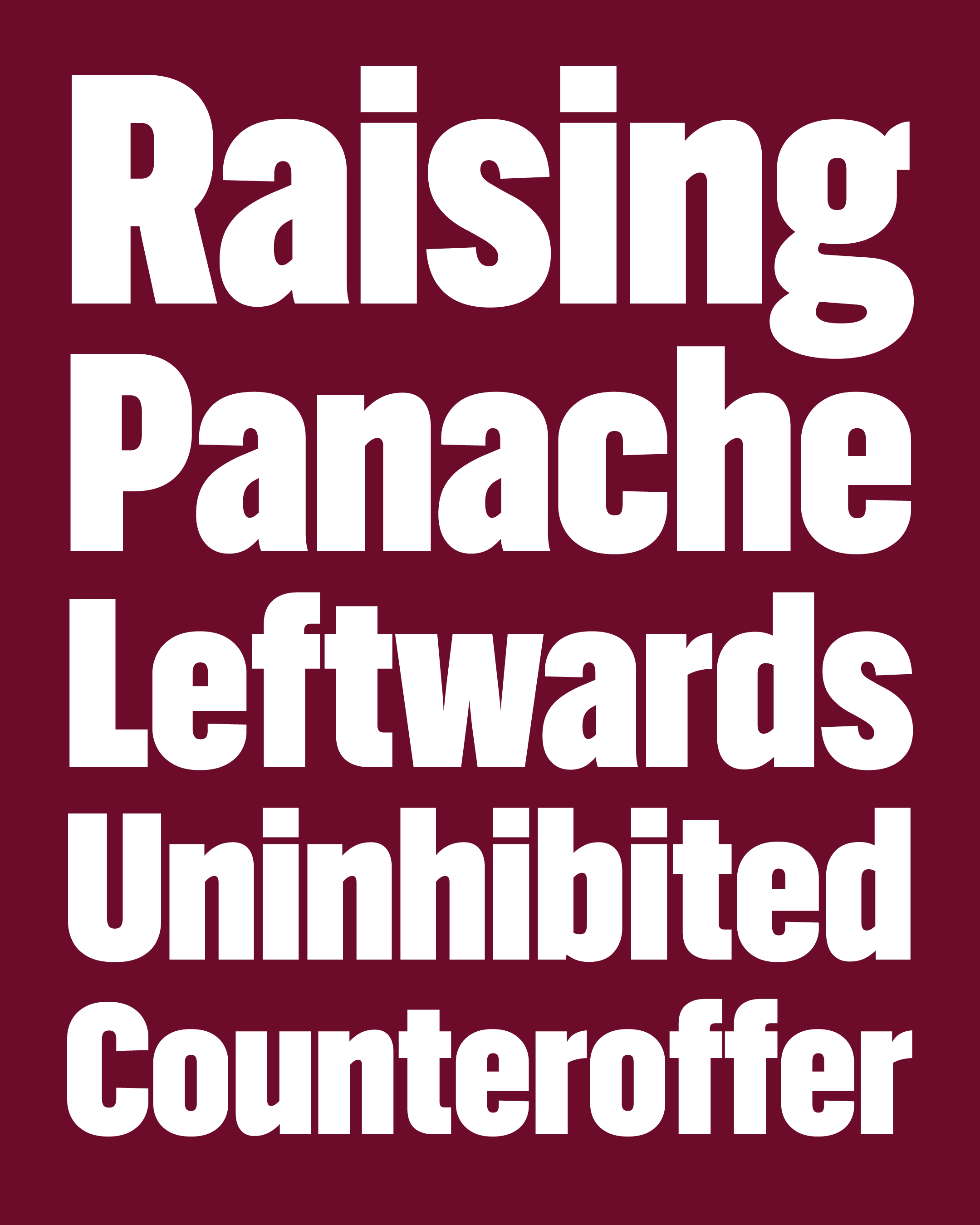
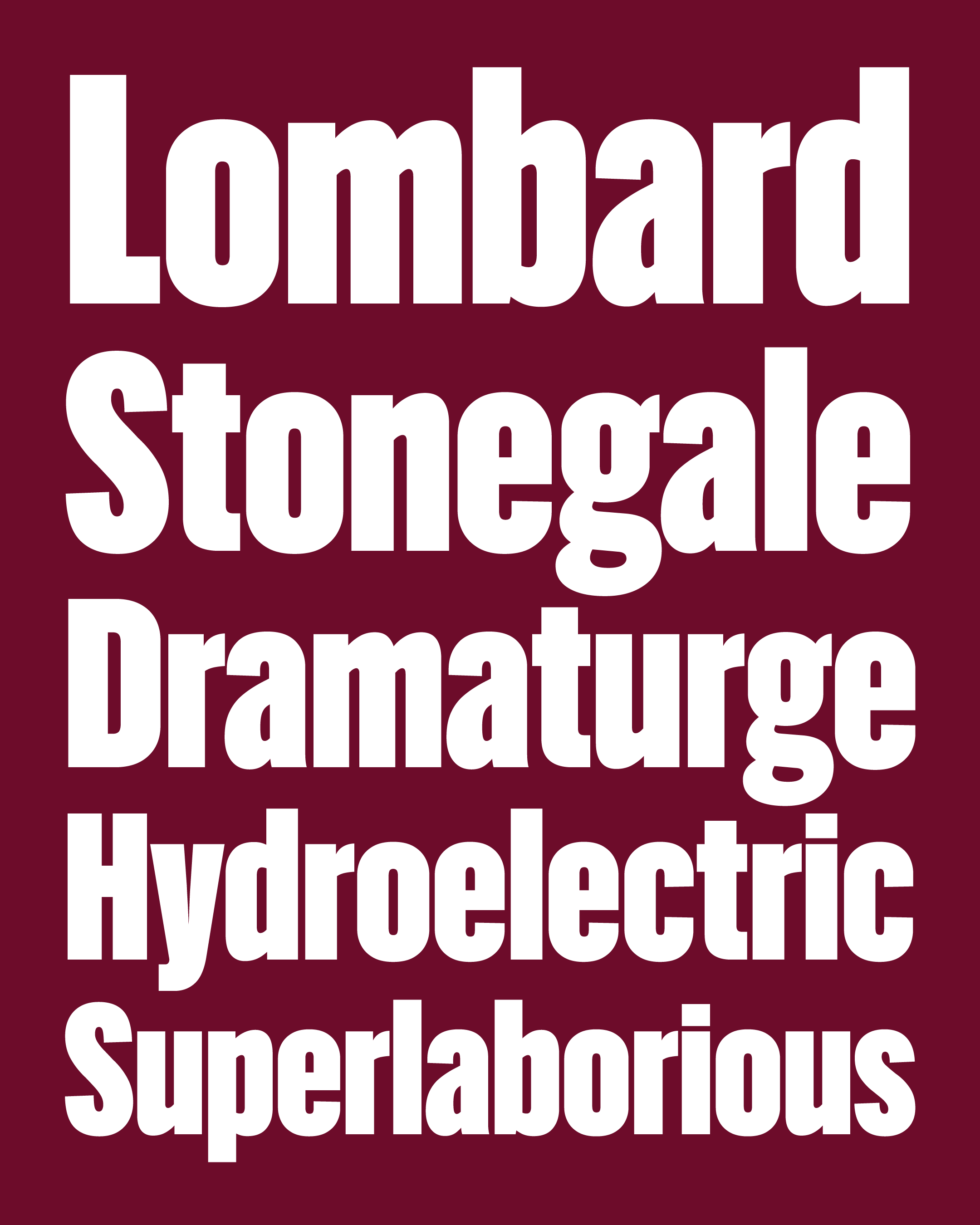
This month I’m sending you three new widths of Bild’s Black weight, in Narrow, Condensed, and Extra Condensed.
These new styles are every bit as dense and blocky as the original, but take on a new rhythm now that things aren’t so squished together. In order to maintain this density, the stroke weight gets significantly thicker as the design gets wider.
I also tried to keep some balance of the rigid and organic forms in the typeface, contrasting straight-sided forms like c and p with the curves of s and a. My hope is that this will allow the typeface to walk the line between a “poster font” like Impact and a versatile sans serif.
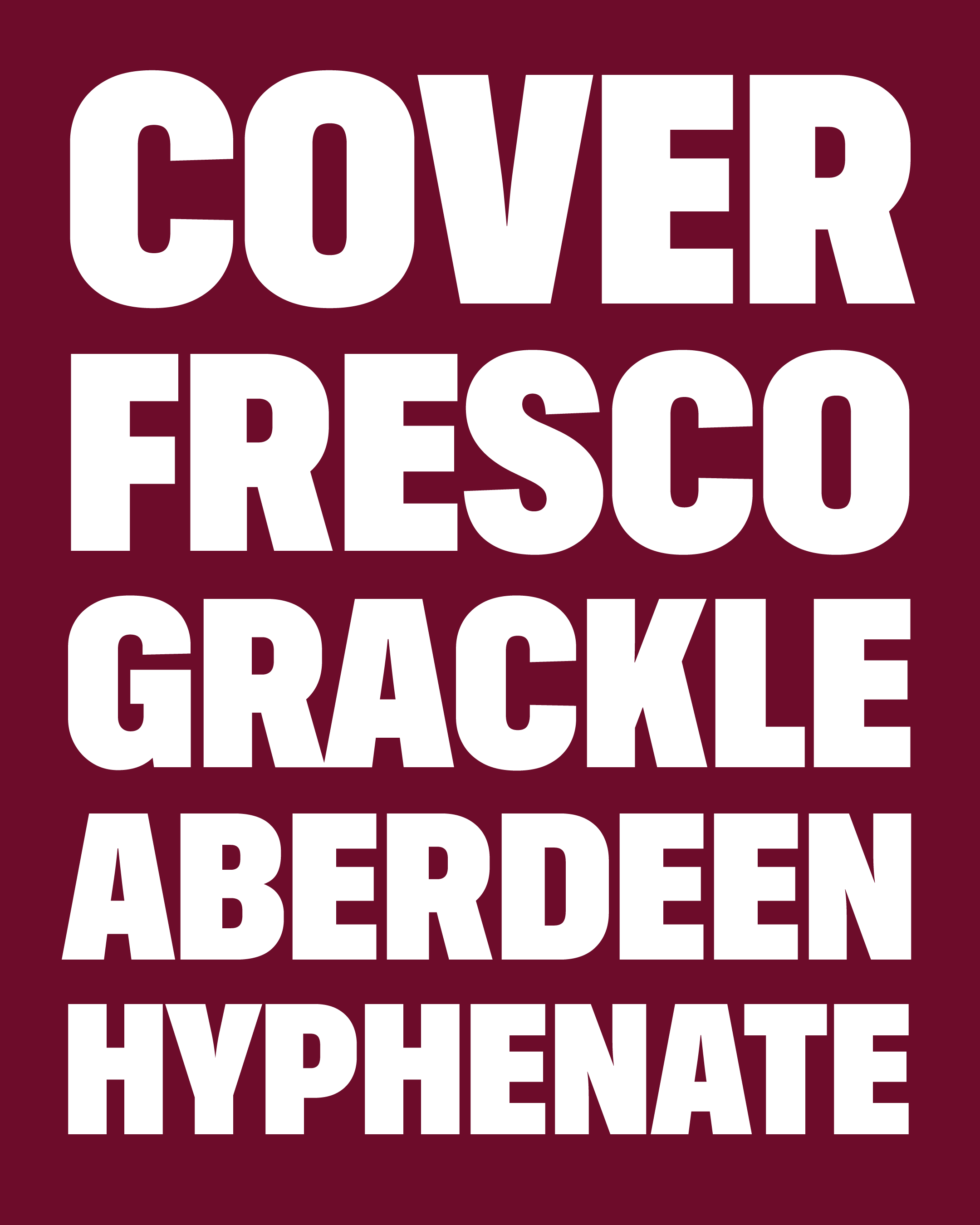
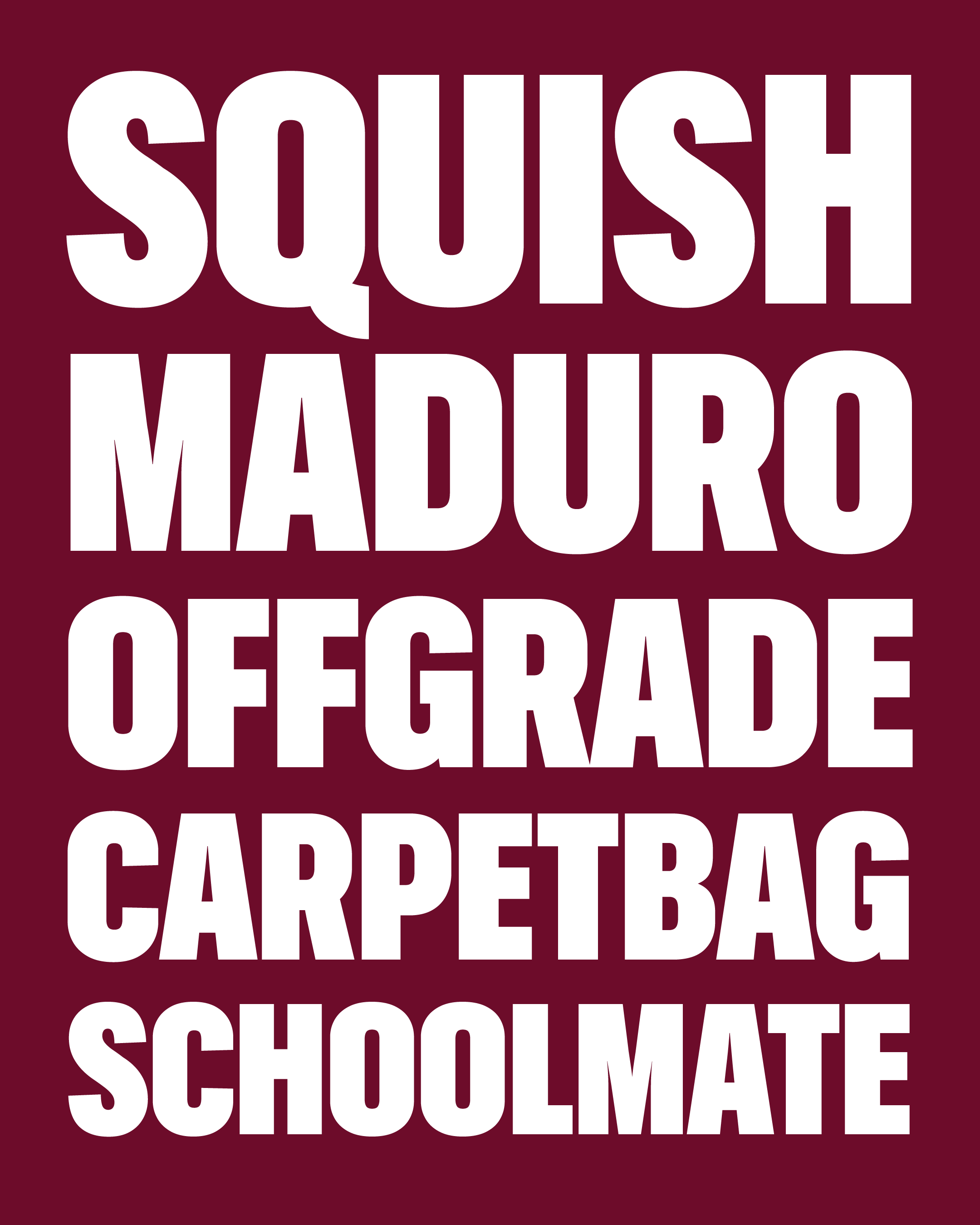
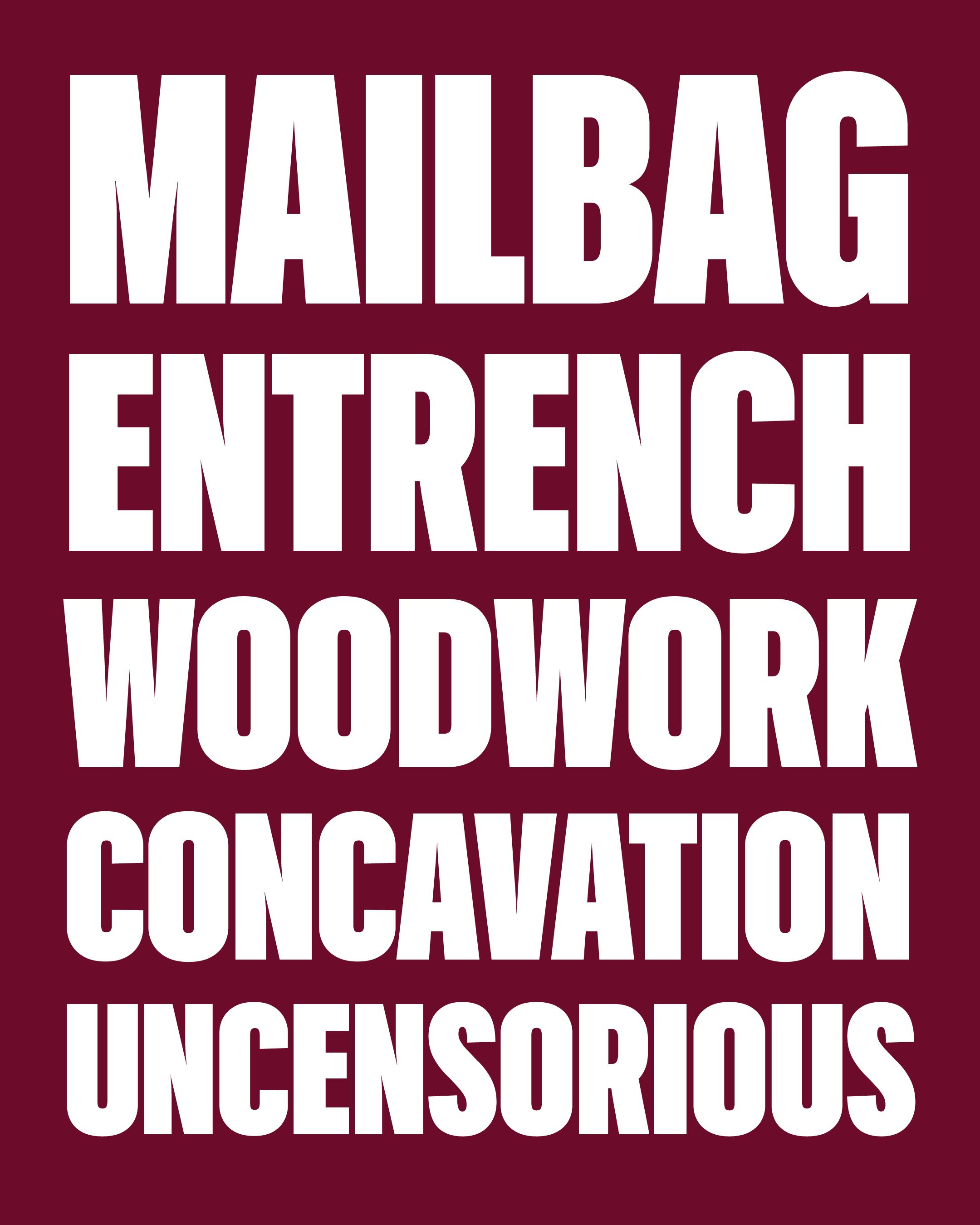
I’ve also included a Bild Variable font that covers the entire width range between Compressed and Narrow. Even though this is a relatively straightforward design, it still threw me a few unexpected curveballs along the way.
If you look at the Ty pair below, you can see that the y tucks underneath the T but that becomes impossible as the T’s crossbar gets heavier. This meant that I couldn’t rely on linear interpolation for these kern pairs across. Instead, I had to create a separate set of “kerning alternates” that allow the lowercase letters to snap out from underneath the T at the exact moment that they run out of room.
Likewise, I gave some special treatment to the dot on the i. In narrower widths, it aligns with the height of the uppercase letters, dipping below the lowercase l in an unintentional homage to Herb Lubalin’s Families logo. As the stem weight gets wider and the dot gets more elongated, it made sense to snap it up to align with the ascending lowercase letters instead.
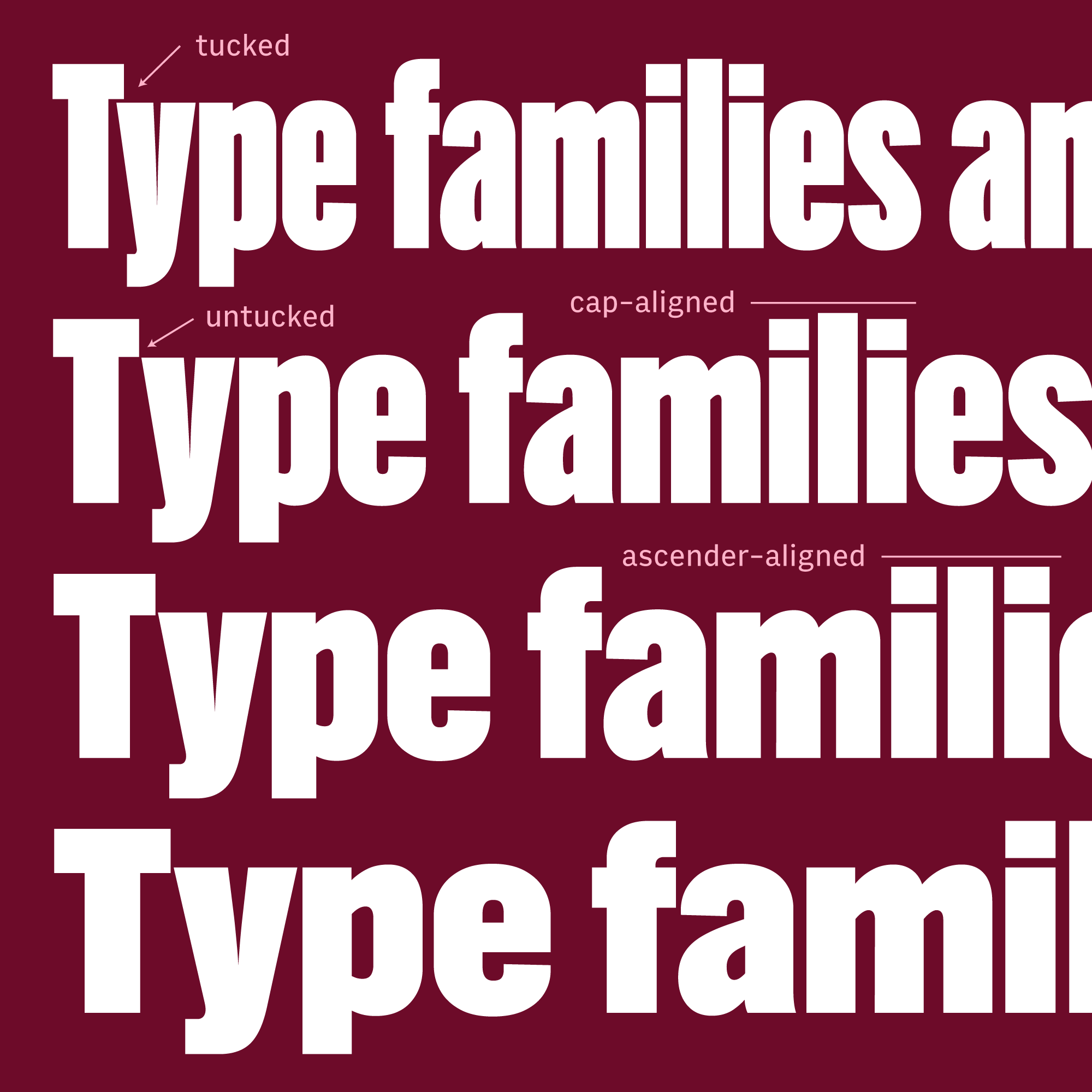
And here what it looks like in Illustrator so you can see the feature variations for T and i in action:
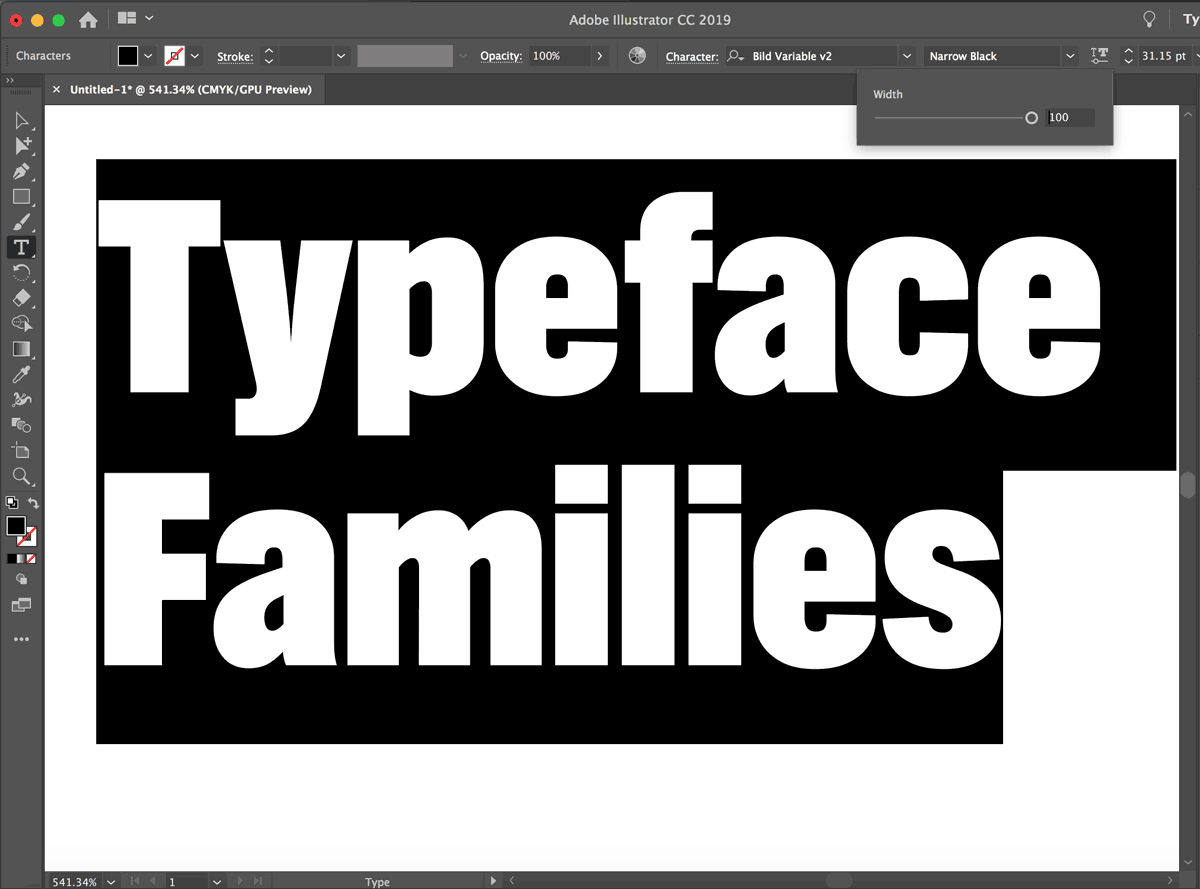
Bild Widths is the twenty-fifth installment of the Font of the Month Club 🎉, available to members this May. Memberships go for as little as $6/month, so with a four-width headline sans like Bild as your first get, the subscription kind of pays for itself immediately! Sign up today!!